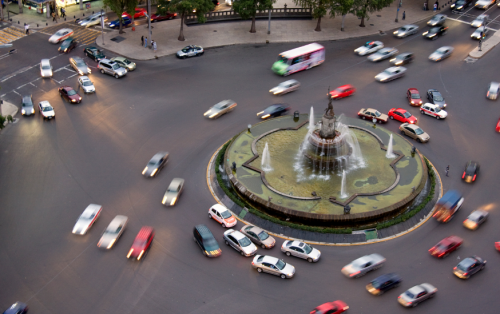Kidnap Avoidance – Move off the X
Never underestimate the value of introducing an element of randomness to your behavior when traveling in high-risk environments. Examples of high-risk environments include countries at war or neighboring the war, politically charged foreign cities or countries, cities or countries nationally and internationally known for active drug cartels, drug trafficking, human trafficking etc. Kidnapping is a crime that requires forethought, planning, and surveillance. Kidnappers typically follow a set sequence, from considering the level of difficulty in identifying a potentially valuable target, to determining when that target is...






